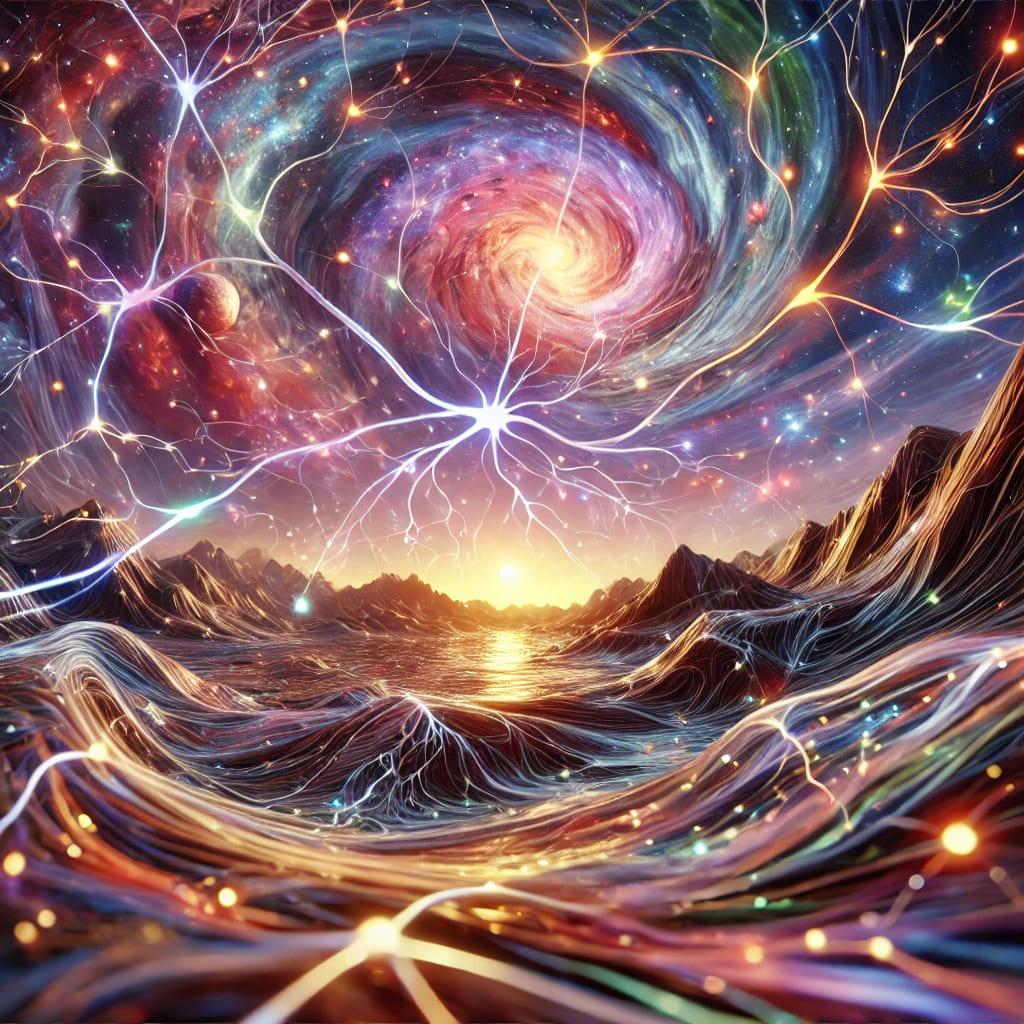Disclaimer: This blog post is intended for informational purposes only. It does not promote or encourage the use of any substances. The content is purely educational and aims to provide insight into the nature of hallucinatory status.
Introduction: The Inner Cinema
Imagine closing your eyes and watching a full-blown reality emerge—complete with scenery, characters, and stories—unfolding with dreamlike clarity. No screen, no external stimuli, just a vivid, living world projected entirely within your consciousness.
Welcome to the world of internal hallucinations—one of the most fascinating and immersive experiences the mind can produce.
What Are Internal Hallucinations?
Internal hallucinations are vivid, immersive experiences that occur entirely within the mind’s eye. Unlike external hallucinations—which are projected onto the outside world—these visions are introspective, unfolding behind closed eyes or within a mental dreamscape.
They often take the form of detailed settings, symbolic narratives, and autonomous entities that feel separate from the self. Think of them as waking dreams—hyper-real and sometimes indistinguishable from external reality, yet deeply personal and psychologically rich.
The Origins of Internal Hallucinations
These experiences arise from altered states of consciousness—both natural and induced. Common sources include:
- Psychedelic substances, particularly at higher doses
- Lucid or hypnagogic dream states
- Sensory deprivation or meditation
- Trance or dissociative experiences
- Neurological conditions, such as epilepsy or migraines
From a neurological perspective, internal hallucinations may stem from disruptions or shifts in the default mode network (DMN), allowing the subconscious mind to project stories, images, and symbols with remarkable clarity—much like dreaming while awake.
The Visual Characteristics of Internal Hallucinations
Internal hallucinations are often:
- Visually structured: Detailed, coherent, and frequently story-driven
- Autonomous: Populated by characters or entities that feel independent
- Immersive: You may feel like you’re in the scene, rather than observing it
- Symbolic: Surreal, mythological, or emotionally charged imagery is common
Settings may change rapidly—castles melting into jungles, cosmic landscapes transitioning into childhood memories. These hallucinations often feature sceneries, settings, and landscapes that are impossible in waking life, yet feel viscerally real in the moment.

Autonomous Entities: Who Do We Meet in There?
One of the most compelling features of internal hallucinations is the appearance of autonomous entities—beings that appear to think, feel, and communicate independently of the self.
These entities may take many forms:
- Wise guides or spirit teachers
- Tricksters or neutral observers
- Mythical or alien-like beings
- Personifications of emotions, memories, or archetypes
Whether they are projections of the subconscious or glimpses into another dimension is still debated—but their presence often leaves a lasting psychological imprint.
Drugs That Induce Internal Hallucinations
Several psychoactive substances are known for inducing internal hallucinations, especially at higher doses:
- DMT: Rapid, immersive entity-filled visions
- Ayahuasca: Thematic and symbolic dream-like sequences
- Psilocybin (magic mushrooms): Emotional, archetypal storylines and shifting inner landscapes
- LSD: Layered visuals with narrative elements at high doses
- Salvia divinorum: Disjointed but immersive worlds
- Ketamine: Dissociative, often sci-fi or existential narratives
- Deliriants (e.g., Datura): Bizarre, sometimes frightening hallucinations with little lucidity
Each substance has its own “aesthetic,” and the content of internal hallucinations often reflects the user’s mindset, setting, and underlying psyche.
The Psychological Impact of Internal Hallucinations
Internal hallucinations can be transformative, terrifying, or healing—sometimes all three in one experience.
Potential effects include:
- Emotional catharsis or trauma processing
- Spiritual or mystical insights
- Expanded self-awareness
- Lucid re-experiencing of memories
- Temporary ego dissolution
These visions often blur the line between hallucination and psychological archetype, opening doors to parts of the self that are normally hidden.

Internal Hallucinations vs. Dreams: Similar but Different
Though they share many qualities, internal hallucinations differ from dreams in key ways:
| Feature | Internal Hallucinations | Dreams |
|---|---|---|
| Lucidity | Often lucid or semi-lucid | Often not lucid |
| Vividness | Extremely vivid and detailed | Varies |
| Agency | May feel like a passive observer or participant | Typically passive |
| Control | Varies; some control possible | Rare, unless lucid dreaming |
| Source | Induced or altered states | Natural during sleep |
Still, the connection between dreaming and hallucination is strong, and many psychonauts describe internal hallucinations as “hyperdreams” or “conscious dreaming.”
Navigating the Inner Worlds: Tips for Explorers
If you’re intentionally seeking internal hallucinations, here are some guidelines:
- Prepare your mindset: Clarity, intention, and emotional stability are key.
- Control your environment: Safe, calm, and distraction-free settings support positive outcomes.
- Surrender: Don’t resist the experience—let it unfold naturally.
- Integrate: Afterward, journal your experience or discuss it with trusted peers.
Conclusion: The Uncharted Territory Within
Internal hallucinations offer a powerful glimpse into the architecture of the human mind. Whether spiritual, psychological, or purely neurochemical, these experiences reveal that the most profound journeys often happen inward.
They challenge our understanding of reality, identity, and consciousness—and invite us to explore not just altered states, but altered selves.






0 Comments for “Exploring Internal Hallucinations: The Inner Landscape of the Mind”